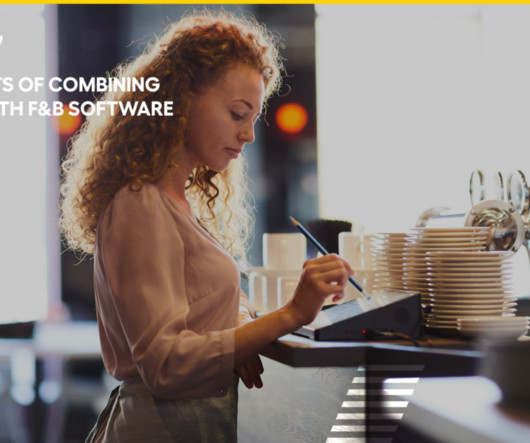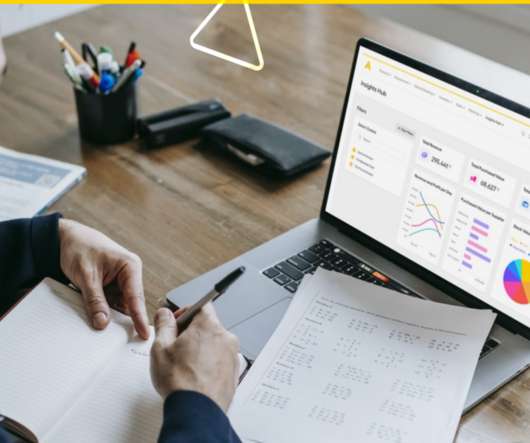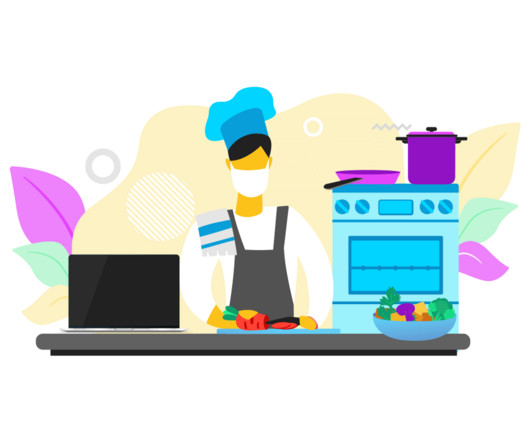Back of House Restaurant Guide: Integrating FOH and BOH for Seamless Operations
Apicbase
MARCH 28, 2024
The back of the house supports the front of the house (FOH), enabling the customer-facing team to focus on serving a memorable experience. In this article, we explore the key differences between the front and back of the house in a restaurant and discuss the best ways to integrate FOH and BOH operations. Cost control.























Let's personalize your content